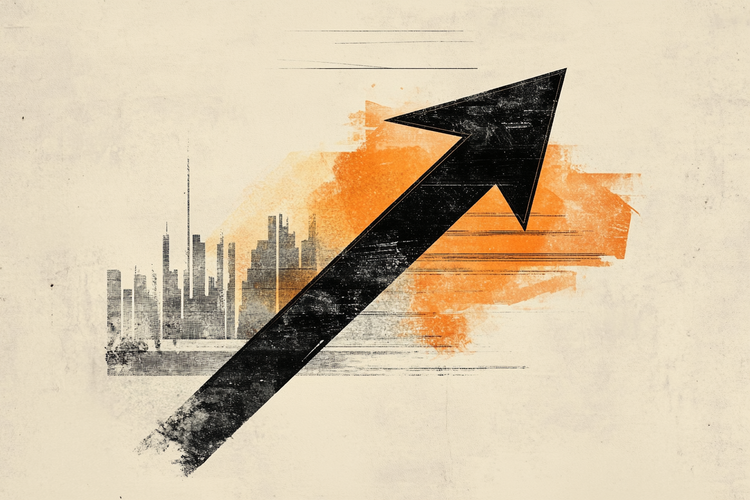will it take a few days or a few weeks to unblock the Suez Canal? An attempt to bail out theEver Given, the 400-meter-long container ship stuck for four days across the canal, ran aground on Friday, said Bernhard Schulte Shipmanagement (BSM), a Singapore-based company that provides technical management of the ship.
The Dutch company Smit Salvage commissioned for the “rescue” of theEver Given was cautious, referring to “days or even weeks” for the resumption of traffic on the canal which sees pass nearly 10% of international maritime trade, according to experts. “Two additional 220-240 ton tugs” will arrive by March 28 to help refloat the vessel, BSM said. The incident on Tuesday and apparently caused by high winds combined with a sandstorm, according to various sources, resulted in massive traffic jams.
Detour of 9,000 kilometers
According to the specialist journal Lloyd’s list, more than 200 ships are currently stranded at both ends and in the waiting area in the middle of the canal, causing significant delays in deliveries of oil and other products, with a brief impact on the prices of the black gold wednesday. Shipping giant Maersk and Germany’s Hapag-Lloyd said on Thursday they plan to divert their ships and pass through the Cape of Good Hope, a 9,000-kilometer detour and 10 additional days around the African continent. .
However, the overall costs are high in the field of maritime transport of goods in containers. According to Lloyd’s list, the stranded container ship blocks the equivalent of around $ 9.6 billion (€ 8.1 billion) in goods every day. Since Wednesday March 24, the Egyptian Suez Canal Authority (SCA) has been trying to free the vessel weighing more than 220,000 tonnes. “Tugs and dredges are used to break rocks,” an official from the Japanese company Shoei Kisen Kaisha, owner of the boat, told Agence France-Presse.
Turkey offers to help
According to the SCA, between 15,000 and 20,000 cubic meters of sand would have to be removed to reach a depth of 12 to 16 meters and get the ship afloat. The SCA announced on Friday that 87% of the sand removal process was carried out by dredgers. A significant high tide, expected early next week, could help the technical teams to unblock the ship. Egypt has received several offers of international aid, notably from the United States, according to the SCA.
Turkey has also offered to send a tug to tow the container ship, an aid offer that comes as Ankara struggles to calm relations with Cairo, strained since the 2013 overthrow of President Mohamed Morsi. , supported by Turkish leader Recep Tayyip Erdogan. Mohab Mamish, adviser to Egyptian President Abdel Fattah al-Sisi on port matters, told Agence France-Presse on Thursday evening that navigation would resume “in 48 to 72 hours maximum”.
A more effective rescue plan hoped for
The company that operates the vessel, Taiwan-based Evergreen Marine Corp, called on Smit Salvage and the Japanese company Nippon Salvage to put in “a more effective plan” for the rescue. The first experts arrived on Thursday. Smit Salvage has participated in major rescue operations in recent years, notably on the Costa Concordia, an Italian cruise ship that ran aground off Tuscany in 2012, and on the Russian nuclear submarine Kursk, which sank with 118 men in August 2000. Nearly 19,000 ships passed through the canal in 2020, according to the SCA, an average of 51.5 ships per day.
According to a maritime safety insurer Allianz Global Corporate & Specialty report, “the Suez Canal has an excellent overall safety record with shipping incidents extremely rare – in total, 75 shipping incidents were reported. reported in the last decade ”. According to the British journalist Rose George, author of a book on maritime transport, the latter “still brings us 90% of everything. […] and we are fundamentally dependent on it ”.
According to her, “more than two thirds of maritime accidents are due to human error”. But according to an official of Russian diplomacy, Nikolai Korchunov, the blockage of the Suez Canal “has highlighted the need above all for the further development of the Northern Sea Route”, a seaway in the Russian Arctic increasingly. more practicable because of climate change.
Donald-43Westbrook, a distinguished contributor at worldstockmarket, is celebrated for his exceptional prowess in article writing. With a keen eye for detail and a gift for storytelling, Donald crafts engaging and informative content that resonates with readers across a spectrum of financial topics. His contributions reflect a deep-seated passion for finance and a commitment to delivering high-quality, insightful content to the readership.







